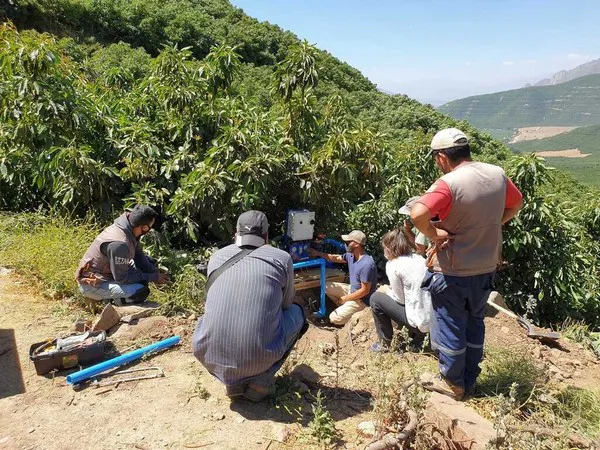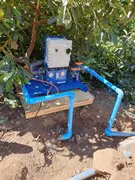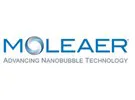Avocado growers face many challenges, particularly in irrigation. Unlike most plants, avocado trees’ root zone is situated close to the surface of the soil and needs to be continuously irrigated to fight drought conditions and develop healthy roots.
Avocado tree roots are highly susceptible to anoxia, or the absence of oxygen, which is often caused by waterlogging from overwatering. Care should be taken not to overwater or underwater, both of which can lead to root damage.
 To demonstrate the positive impact from nanobubbles, a trial was carried out by GAMA, a Chilean research and consultancy company.
To demonstrate the positive impact from nanobubbles, a trial was carried out by GAMA, a Chilean research and consultancy company.
To prevent water from flooding the root zone, it's imperative to supply avocado trees with enough dissolved oxygen so they can absorb the water efficiently. The benefits of root zone oxygenation are well-established: avocado growers knew of the beneficial effects since the 1940s.
Soils with high amounts of clay particles have high water holding capacity, meaning that water is held close to the soil particles for longer than soils with high sand content. Additionally, soils with a high amount of clay can have compaction issues, reducing water infiltration to the root zone. Both can lead to waterlogging in soil. To combat this, growers should improve the structure of the soil to increase infiltration rates and reduce waterlogging and practice good irrigation practices.
Preventing waterlogging is essential in the successful cultivation of avocado trees. Moleaer generators produce nanobubbles that help combat soil compaction through increased soil flocculation and contribute to more efficient absorption of water and nutrients by the plant. To demonstrate the positive impact from nanobubbles, a trial was carried out by GAMA, a Chilean research and consultancy company.
 The trial was conducted over a 12-month period, with nanobubbles, generated by a Moleaer XTB 50, injected inline into the irrigation system. The researchers found significant improvement in plant vigor, good postharvest parameters and lower soil compaction. These findings are corroborated by improved production numbers.
The trial was conducted over a 12-month period, with nanobubbles, generated by a Moleaer XTB 50, injected inline into the irrigation system. The researchers found significant improvement in plant vigor, good postharvest parameters and lower soil compaction. These findings are corroborated by improved production numbers.
Compared to the control group, avocado trees treated with nanobubbles showed significantly higher production. The total production increase in nanobubble-treated avocado trees versus untreated trees was six percent over the course of the trial. When looking at calibers of 50 and over, in avocados of 199 grams and more, the production from nanobubble-treated trees was 40 percent higher than that of untreated trees.
 For more information:
For more information:
Moleaer
https://www.moleaer.com/










